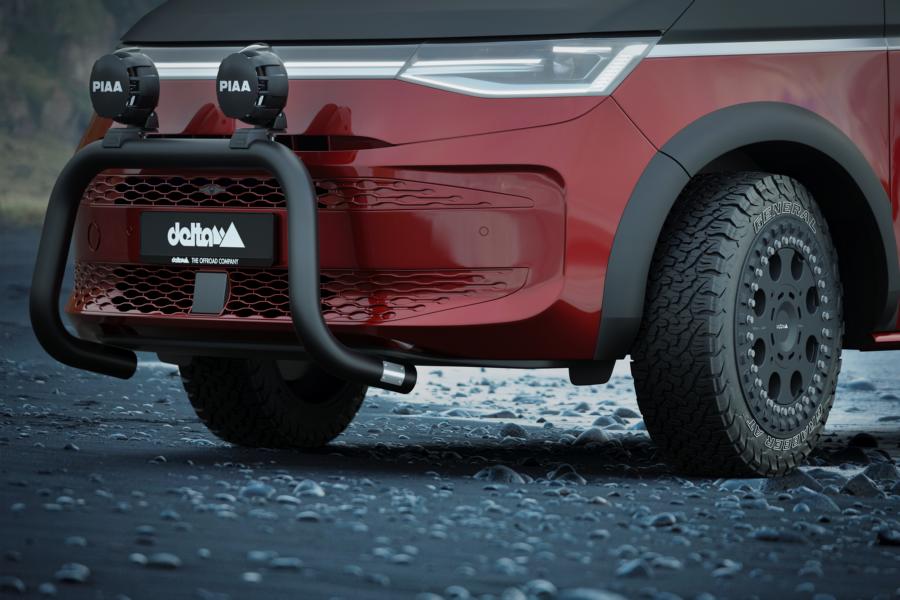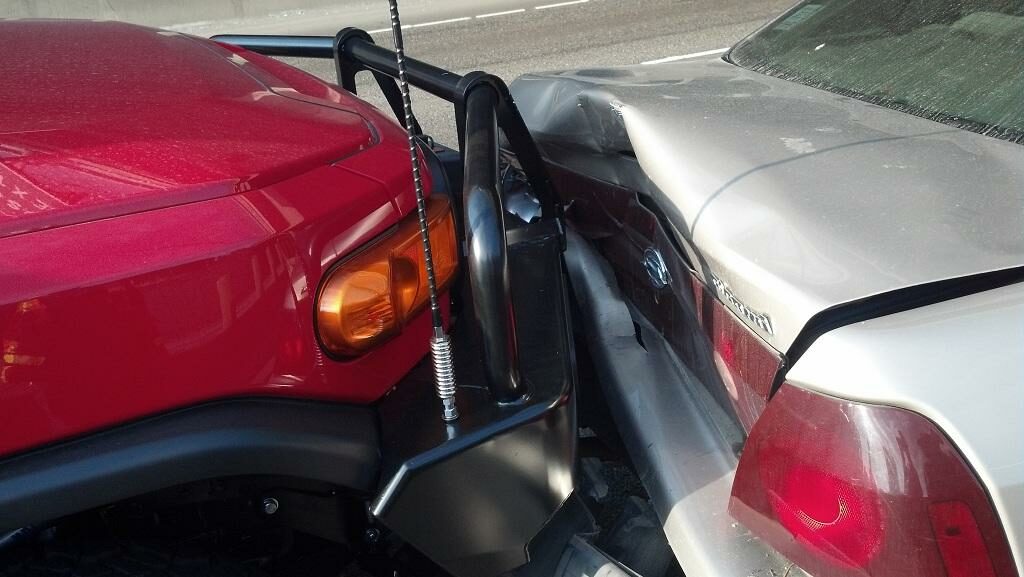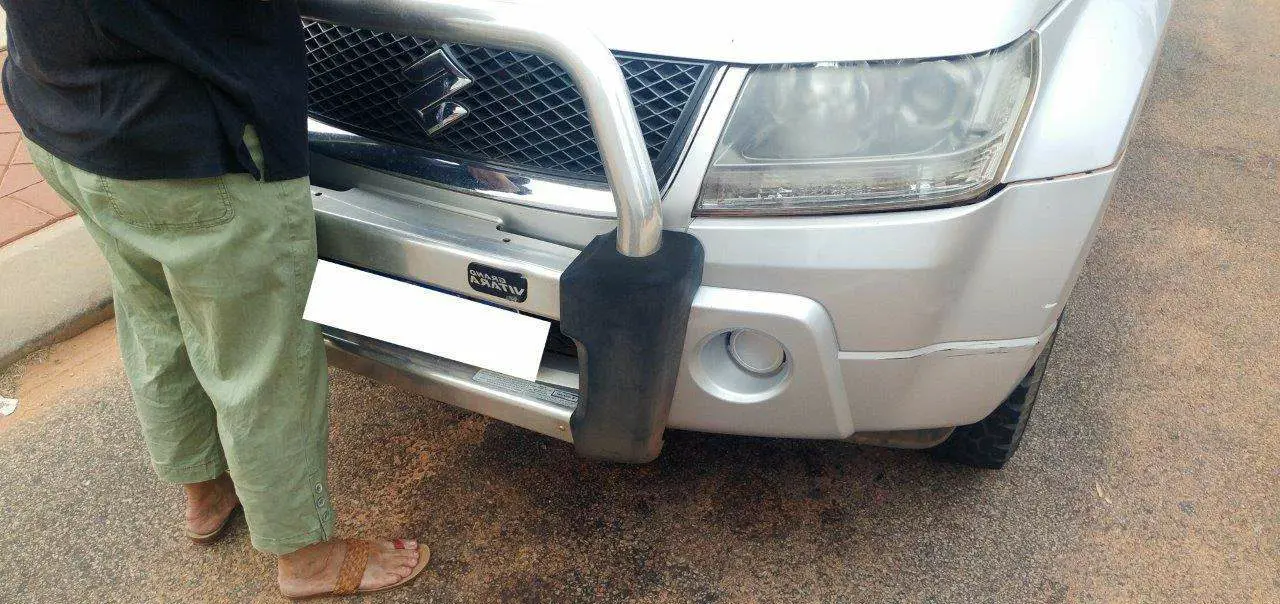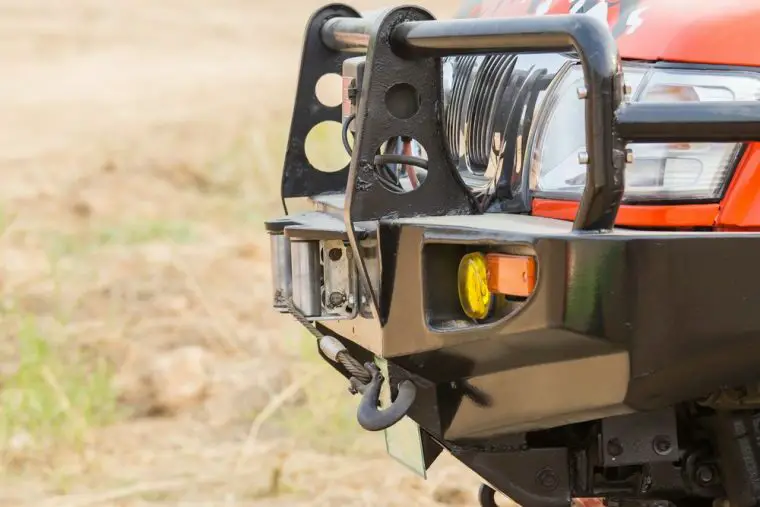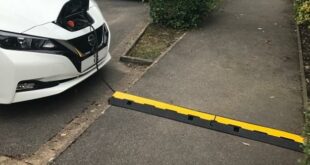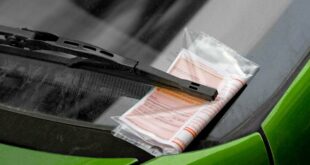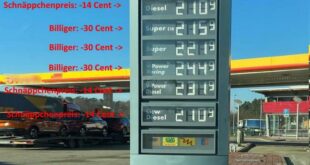Changing the appearance of the vehicle is possible in different ways. There are hardly any limits to the imagination. If you as a vehicle owner value a more robust look, you can, for example, have a so-called cow catcher attach. So-called cowcatchers look very robust and, above all, beefy. For lovers of bull bar but the question arises as to whether this is fundamentally in Germany allowed are and why the annexes be classified as dangerous. Before installation, the vehicle owner must also deal with other points. The legal one Requirements, the different Regulations for cow catchers on cars or trucks, imminent Sanctions in the event of non-compliance with the legal regulations and what needs to be observed in the case of a Retrofitting the front protection bar. With our guide we clarify these questions and give further answers for the assembly of the bull catcher.
Definition of personal safety bar
Personal protection bars, bull bars, cow catchers and bull catchers are commonly referred to as Attachments designated for vehicles. They were originally developed as ramming protection against wildlife accidents. In the meantime, the constructions made of plastic or metal pipes are only used as tuning object . Bull catchers in Germany – are they allowed? Basically, cow catchers are in Germany allowed. But only as long as the legal regulations are observed. For the impact protection on the car is next to the EU type approval general operating permit are required for operation.
Cow catchers in Germany: partly illegal and under criticism
In Germany, especially the pedestrian protection capitalized. Serious injuries are often the result of a head-on collision between a car with a bull catcher and a pedestrian. A number of studies prove this. The protection of these pedestrians and other unprotected participants in road traffic is to be implemented by a law that has been in force since 2009 EU guidelines be improved.
Bullencatcher - The catalog of fines
| Description | Fines (€) |
|---|---|
| Unavoidable danger to traffic due to parts that protruded beyond the outline of the vehicle | 20 euros fine |
| Driving without an operating license | 50 euros fine |
| Violation of the compulsory insurance law | Fine/imprisonment of up to 1 year |
Cow catcher ban due to pedestrian protection?
Officially, the front protection systems are front protection bars, cow catchers or bull catchers. The main task of the frontal protection systems is to reduce damage that can result from a collision with an animal or game in a wildlife accident. For visual reasons, the constructions are particularly popular with SUVs and pick-ups. Nevertheless, the bull catchers are heavily criticized, especially on off-road vehicles. They increasingly lead to an unnecessary hazard to cyclists and pedestrians. This finding underpins a study by the Medical University in Hanover, with its report by the Federal Highway Research Institute (BASt) from 1995. When unprotected road users collide with an off-road vehicle including a bull catcher, those affected suffer more serious injuries than without this attachment. These and similar findings led to the introduction of the EU Directive 78/2009 / EC in the year 2009.
The subject of the Regulation is defined in Article 1 of the Directive as follows: "This Regulation establishes requirements for the design and performance of motor vehicles and frontal protection systems with the aim of reducing the number and severity of injuries suffered by pedestrians and other vulnerable road users when impacted by the front of vehicles and to prevent such collisions."
The EU directive was only established for a specific scope. are affected newly registered vehicles since 2006 in classes M1 (cars) and N1 (trucks). These are allowed maximum permissible total weight of 3,5 tons exhibit.
This must be taken into account when retrofitting bull catchers
Basically, the car for retrofitting with a bull catcher must meet the legal requirements of the EU Directive 78/2009 / EC correspond. The main criterion for this is the pedestrian protection Therefore, some providers sell a corresponding model under the title "Hoop guards".
Specifically, these requirements apply:
- Bull bars are mandatory firmly attached to the vehicle be used to reduce the risk of injury. In order for the cultivation to be carried out correctly and without errors, a clear assembly instructions be attached to the additional component. Furthermore, a complete list of all compatible vehicle types should ensure that the car also fits the respective bull catcher. In addition, the supposed impact protection on the car must be removed in the event of a collision give in. This should be guaranteed by the material used or by a yielding attachment. Many cowcatchers look like they are made of high-quality stainless steel, but they are actually made of plastic. Another legal regulation on bull catchers stipulates that the personal safety bar no way may exceed the vehicle width. And only maximum 50 mm the front edge of the front hood may be exceeded. In order for a bull trap to be assembled in Germany, the component must have an EU type approval in addition to the general operating permit.
Nice to know: As a rule, bull catchers who are already allowed before 2009 possessed a general operating license can continue to be assembled. Existing permits remain valid due to what is known as grandfathering. If you want to be on the safe side, it is best to get information directly from the nearest testing organization such as DEKRA, TÜV or GTÜ.
This threatens with an unauthorized bull bar
If the mounted bull catcher does not comply with the legal regulations, the vehicle owner risks severe damage Sanctions. This may possibly be the case Expiry of the operating license mean from the vehicle. If this is the case, at least 50 euros warning money due (see catalog of fines). The loss of the operating permit is always accompanied by that Loss of insurance coverage. This means that the vehicle owner is illegally driving without the necessary motor vehicle liability insurance. This violation of the Insurance Act is also a criminal offense and is punishable by imprisonment for up to one year or a fine. In addition, there are two or three points in Flensburg and, in the worst case, the driver's license can be withdrawn.
But attention: Bull catchers on a truck or other commercial vehicles can actually keep possible damage away and make sense. They fulfill their purpose and not only ensure optical tuning. For this reason, vehicles with a permissible total weight of more than 3,5 tons are exempt from the applicable EU directive locked out. Rigid front bars may still be fitted to these vehicles as long as the legal regulations on vehicle length are observed and the bull catcher has been registered with the truck.
Of course, that wasn't the end of it.
tuningblog.eu has a lot of other articles on the subject of auto & tuning in stock. Do you want to see them all? Just click HERE and look around. But also planned changes in the law, violations in road traffic, current regulations in the field of STVO or on the subject inspection we would like to inform you regularly. Everything you can find in the category "Test sites, laws, offenses, information". Following an excerpt of the last information:
"Tuningblog.eu" - we keep you up to date on the subject of car tuning and car styling with our tuning magazine and we present you the latest tuned vehicles from all over the world every day. It's best to subscribe to ours Feed and will automatically be informed as soon as there is something new about this post, and of course also to all other contributions.
 tuningblog.eu Your magazine about tuning the car
tuningblog.eu Your magazine about tuning the car
